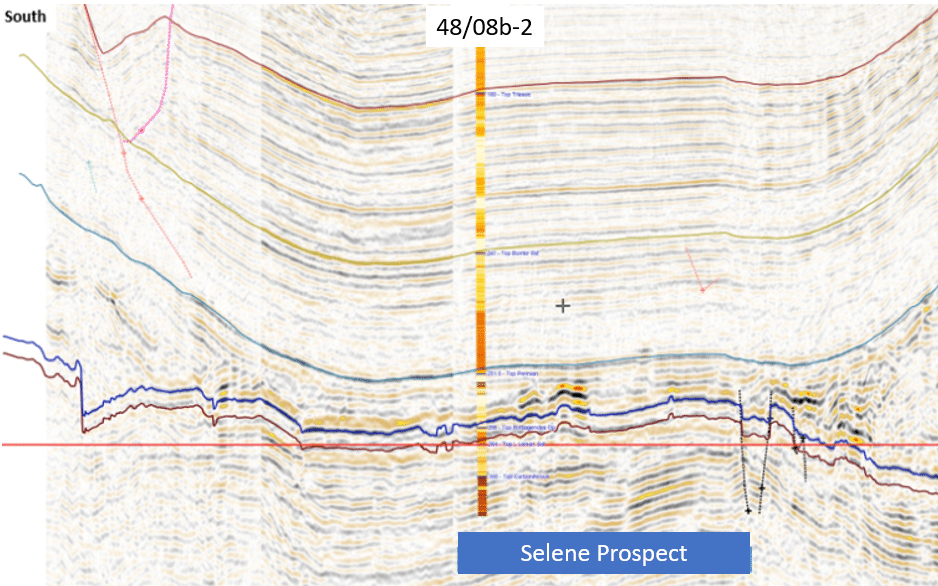The key to this revision is the new approach to depth conversion of 3D seismic adopted by Deltic Energy which clearly places the 48/08b-02 well within the down-dip extent of the re-mapped Selene structure. This legacy well was drilled on older 2D data in 1989 and encountered poor quality reservoir in the key Leman Sandstone horizon and was previously discarded as a dry hole, despite minor gas peaks being reported during drilling operations.
A more detailed understanding of the Selene structure and its potential spill points, has in turn led to a re-evaluation of the 48/08b-2 well and a better understanding of where the gas water contact might be positioned within the structure. “The use of cutting edge velocity modelling and modern petrophysical analysis has resulted in a much better understanding of the Selene opportunity and allowed us to report a 44% increase in P50 Gas in Place volumes from 437 to 629 BCF or 12.4 to 17.8 BCM,” says Andrew Nunn, Chief Operating Officer of Deltic Energy.

Previous licence Operators have proposed that the poor reservoir quality in well 48/08b-2 is the result of the well being drilled very close, or maybe even into, the large fault zone that bounds the Selene structure. “We are confident that the late stage dolomitic overprint which has been reported in the 48/08b-2 well is a localised phenomenon and that better reservoir quality will be encountered away from the structure bounding faults,” Andrew adds.
Selene is a Rotliegend Leman sandstone prospect in the Southern North Sea, just to the west of the decommissioned Mimas field in Quadrant 48. It is situated on the eastern edge of the Sole Pit Inversion axis, a NW-SE structure that was inverted in Late Cretaceous and Cenozoic times. The prospect is formed by two south-west dipping fault blocks, truncated at the NW region by De Keyser faults running SW-NE.
The licence (P2437) was awarded to Cluff Natural Resources (now Deltic Energy) in 2018. Shell farmed in in 2019 and a well investment decision is expected to be taken this year.
HENK KOMBRINK





